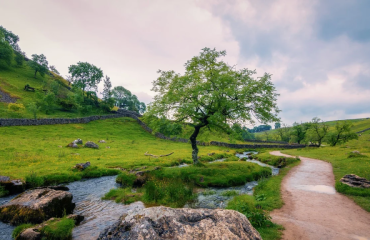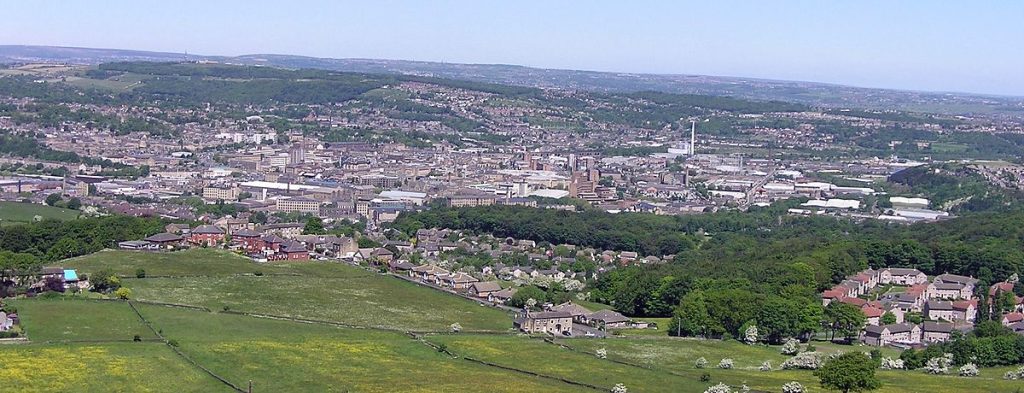
Huddersfield is a market town and largest settlement in the Kirklees district. Situated in the foothills of the Pennines with rivers around the town.
History:
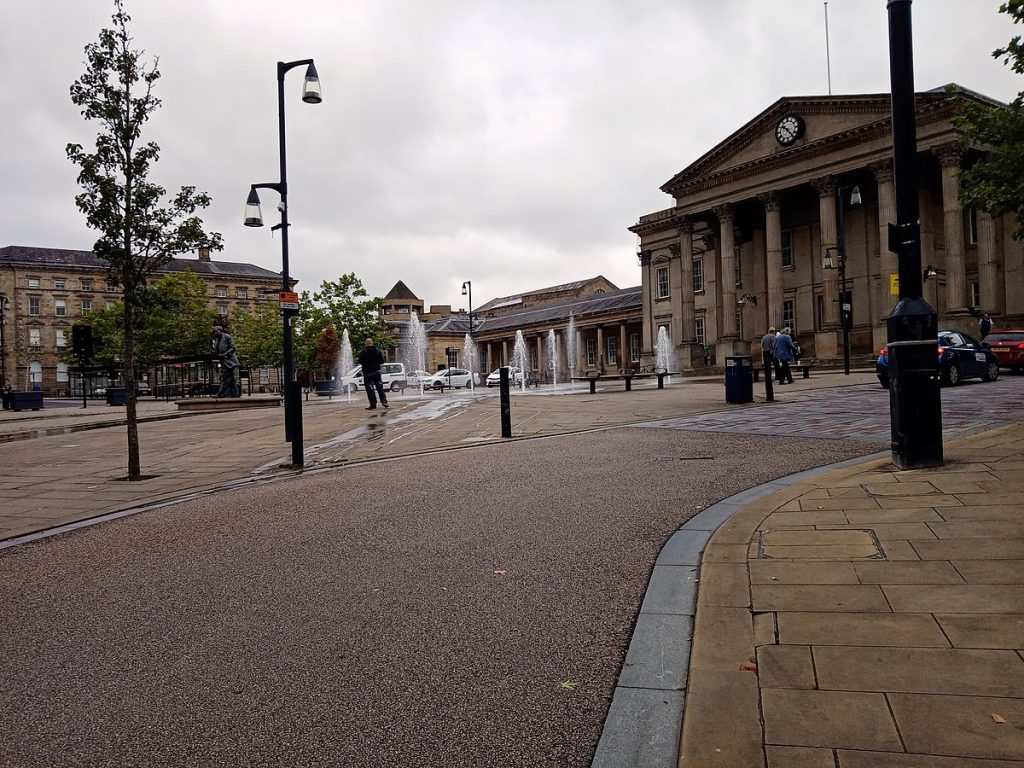
Settlement in the area dates back over 4,000 years. With Castle Hill being the site of an Iron Age hill fort. The remains of a Roman fort were unearthed in the mid 18th century at Slack, west of the town. The earliest written record of settlement in the area is stated to be the brigantes, who lived in the area in the 1st century BC. The Brigantes were subdued by the Romans, who then established the fort at Slack. The Roman troops stationed in the area would have come from various areas in Europe. After the Roman downfall, Angles and Saxons arrived, with their first settlement in the area being at Hillhouse.
In the ninth century Viking incursions reached the area, though no clear indication of Viking settlement has survived it is possible they were in the area. The Norman invasion from 1066 brought major changes to the area in the realms of land ownership.
As the Normans occupied the North, Ilbert de Laci became lord of the manor of Huddersfield, as part of the wider Honour of Pontefract. The de Laci family continued to own the manor of Huddersfield until 1322, when it became property of the Crown.
The Textile Industries:
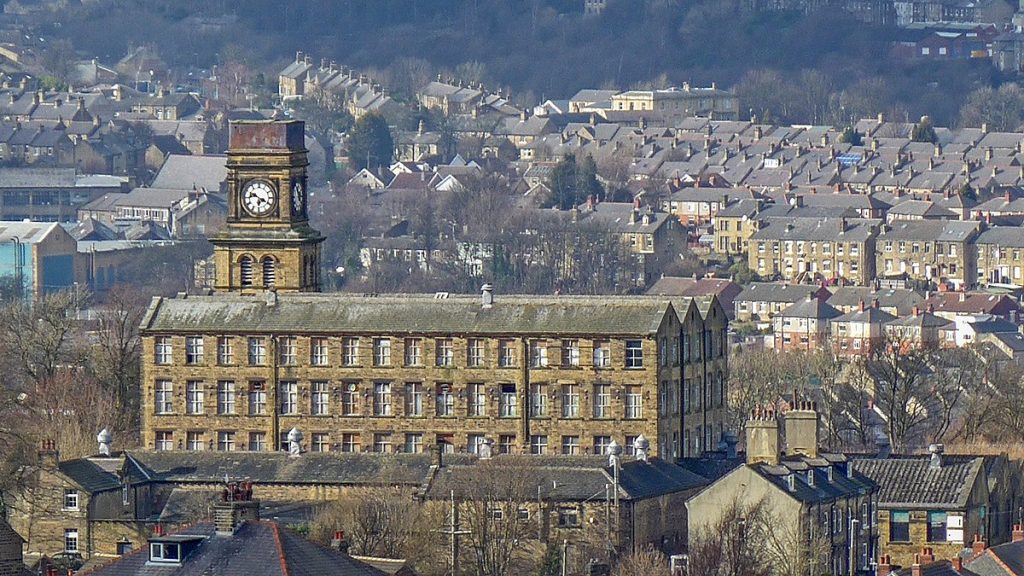
Due to the poverty of the hilly land the local settlers found it difficult to produce sufficient food to support the growing population. This led to the conversion of wool to cloth becoming a mainstay industrial focus for the area, to supplement incomes. This was helped greatly by the area’s plentiful supply of wool and the fast running streams of soft water necessary for the cloth production industry.
For centuries the industry was based in peoples houses or small mills on the upland streams, showcasing a dense form of cottage industry. During the industrial revolution of the late 18th and 19th centuries the industry moved to more ordered production with larger mills in the valley bottom, specifically the Colne Valley. Alongside the growth of textiles, strong engineering and chemical industries developed to provide the necessary machinery and dyes needed in the manufacture of the textiles industry. Whilst quickening economic growth, the industrial revolution caused social and political strain. Huddersfield was at the centre of the Luddite agitation of 1811/12 where Luddite workers broke up new textile machinery. This was due to them being skilled workers that were being replaced out and undermined by the mechanized manufacturing streams, and their unskilled laborers.
Modern day:
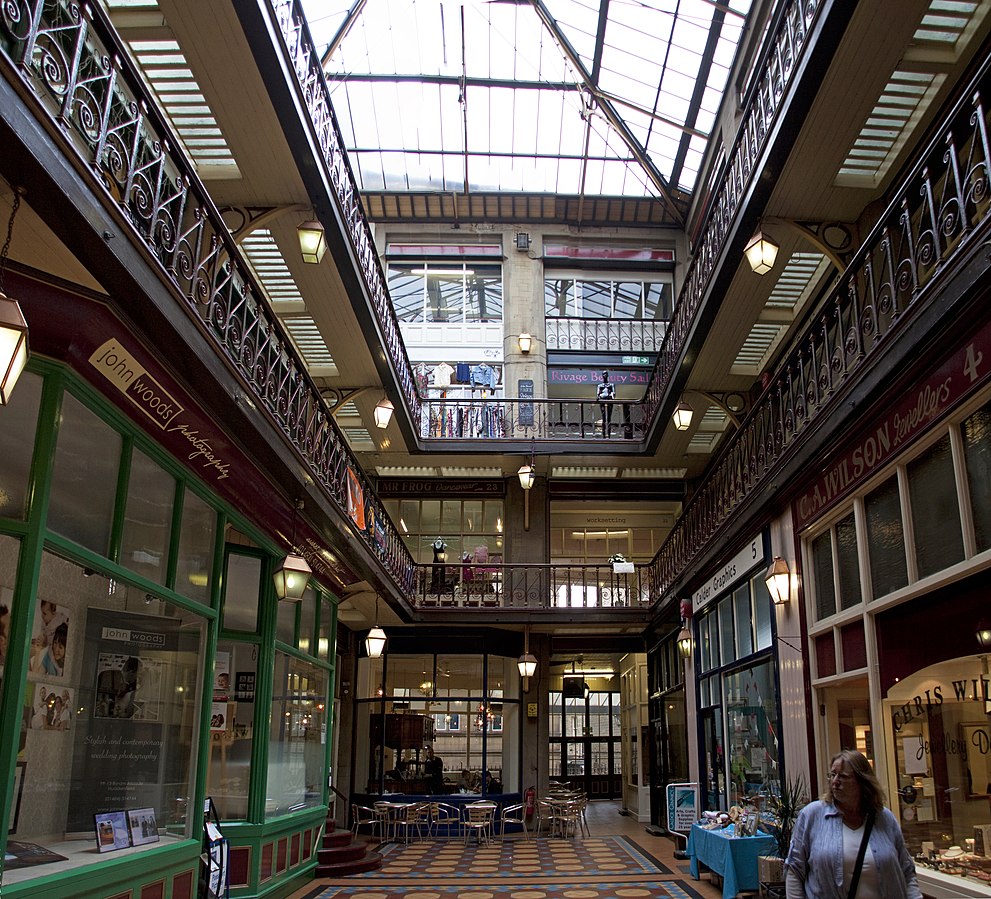
Despite the university being the largest employer, Huddersfield is a manufacturing town. The number of people working in the textiles industry has declined greatly. But the surviving companies produce large quantities of woollen products, with little labour. The town is also home to a largely diversified engineering industry with motor industries and electronics to name a few. With canals and a plethora of cultural sights. Huddersfield has well evolved since its early founding into a cultural and architectural hotbed.


